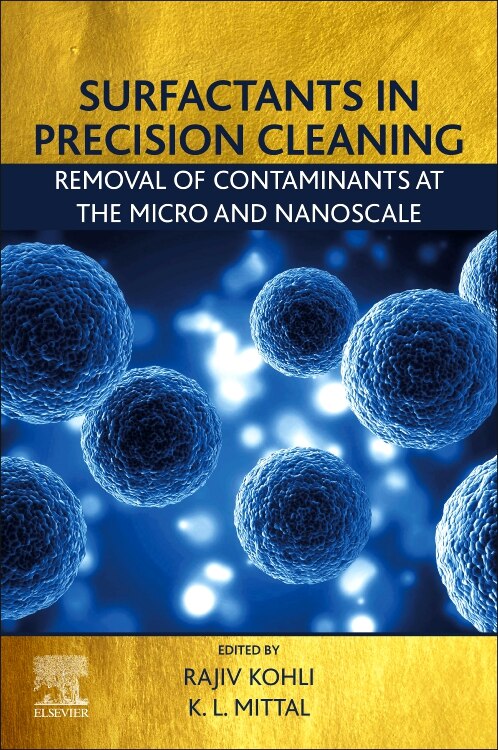Home
Surfactants by Bob Aveyard, Hardcover | Indigo Chapters

Coles
Surfactants by Bob Aveyard, Hardcover | Indigo Chapters in Brampton, ON
From Bob Aveyard
Current price: $119.71
Loading Inventory...
Size: 25.4 x 246 x 1258
*Product information may vary - to confirm product availability, pricing, and additional information please contact Coles
Surfactants... today you have probably eaten some, or rubbed others on your body. Plants, animals (including you) and microorganisms make them, and many everyday products (e. g. detergents, cosmetics, foodstuffs) contain them. Surfactant molecules have one part which is soluble in water andanother which is not. This gives surfactant molecules two valuable properties: 1) they adsorb at surfaces (e. g. of an oil droplet in water), and 2) they stick together (aggregate) in water. The aggregates (micelles) are able to dissolve materials not soluble in water alone, and adsorbed surfactantlayers, at the surfaces of particles or (say) oil droplets in water, stop the particles or drops sticking together. This is why stable emulsions such as milk do not separate into layers. This book treats the basic physical chemistry and physics underlying the behaviour of surfactant systems. In this book, you will first learn about some background material including hydrophobic hydration, interfacial tension and capillarity (Section I). Discussion of surfactant adsorption at liquid/fluid and solid/liquid interfaces is given in Section II, and includes thermodynamics of adsorption, dynamic and rheological aspects of liquid interfaces and the direct characterisation of surfactant monolayers. In Section III, a description is given of surfactant aggregation to give micelles, lyotropic liquid crystals, microemulsions and Winsor systems. There follows a discussion of surface forcesand the way they confer stability on lyophobic colloids and thin liquid films (Section IV). Various dispersions stabilised by adsorbed surfactant or polymer (including solid in liquid dispersions, emulsions and foams) are considered in Section V. The wetting of solids and liquids is explored inSection VI. Like surfactants, small solid particles can adsorb at liquid/fluid interfaces, form monolayers and stabilise emulsions and foams. Such behaviour is covered in Section VII. It is assumed the reader has a knowledge of undergraduate physical chemistry, particularly chemical thermodynamics, and of simple physics. Mathematics (elementary algebra and calculus) is kept at a level consistent with the straightforward derivation of many of the equations presented. | Surfactants by Bob Aveyard, Hardcover | Indigo Chapters




















